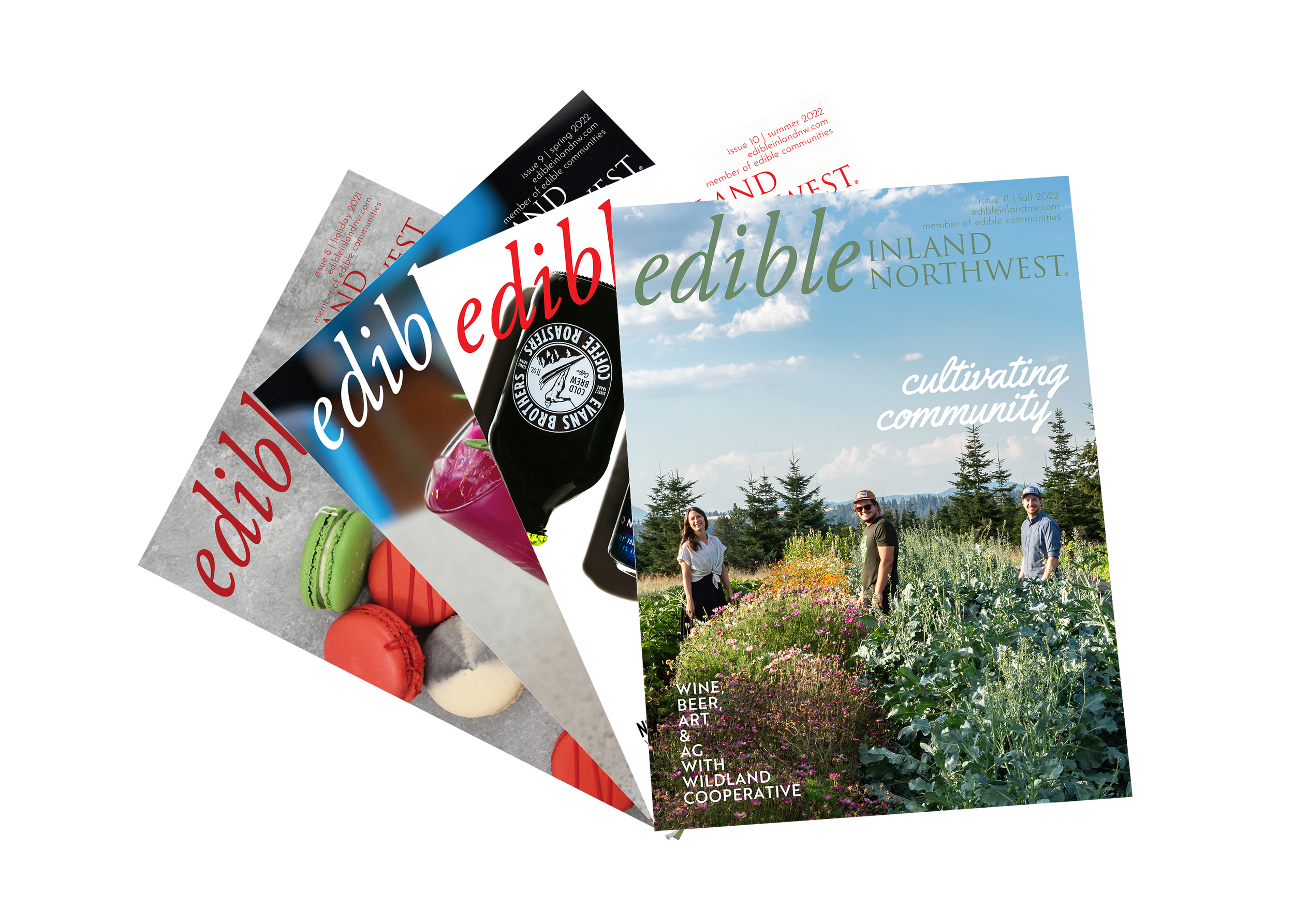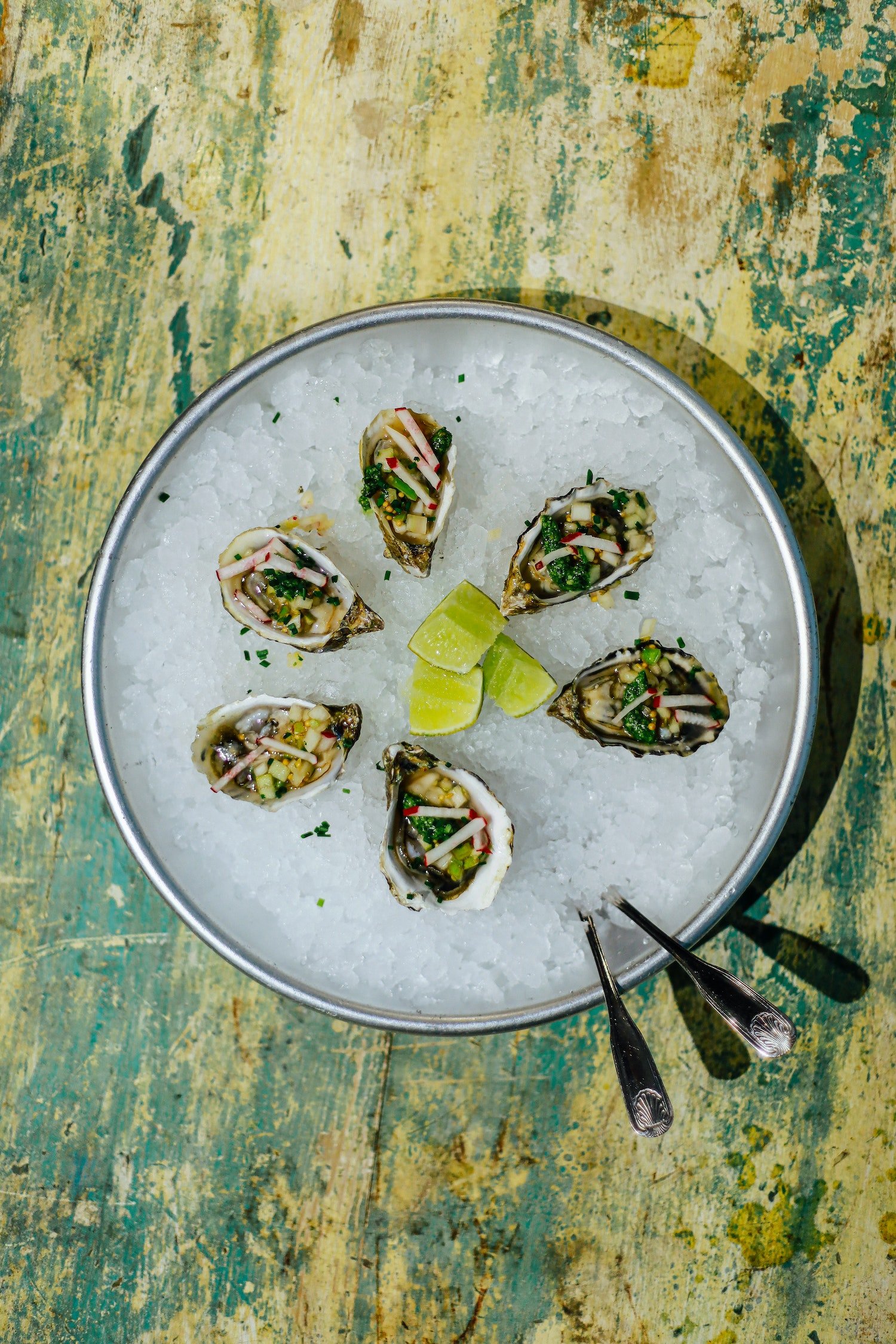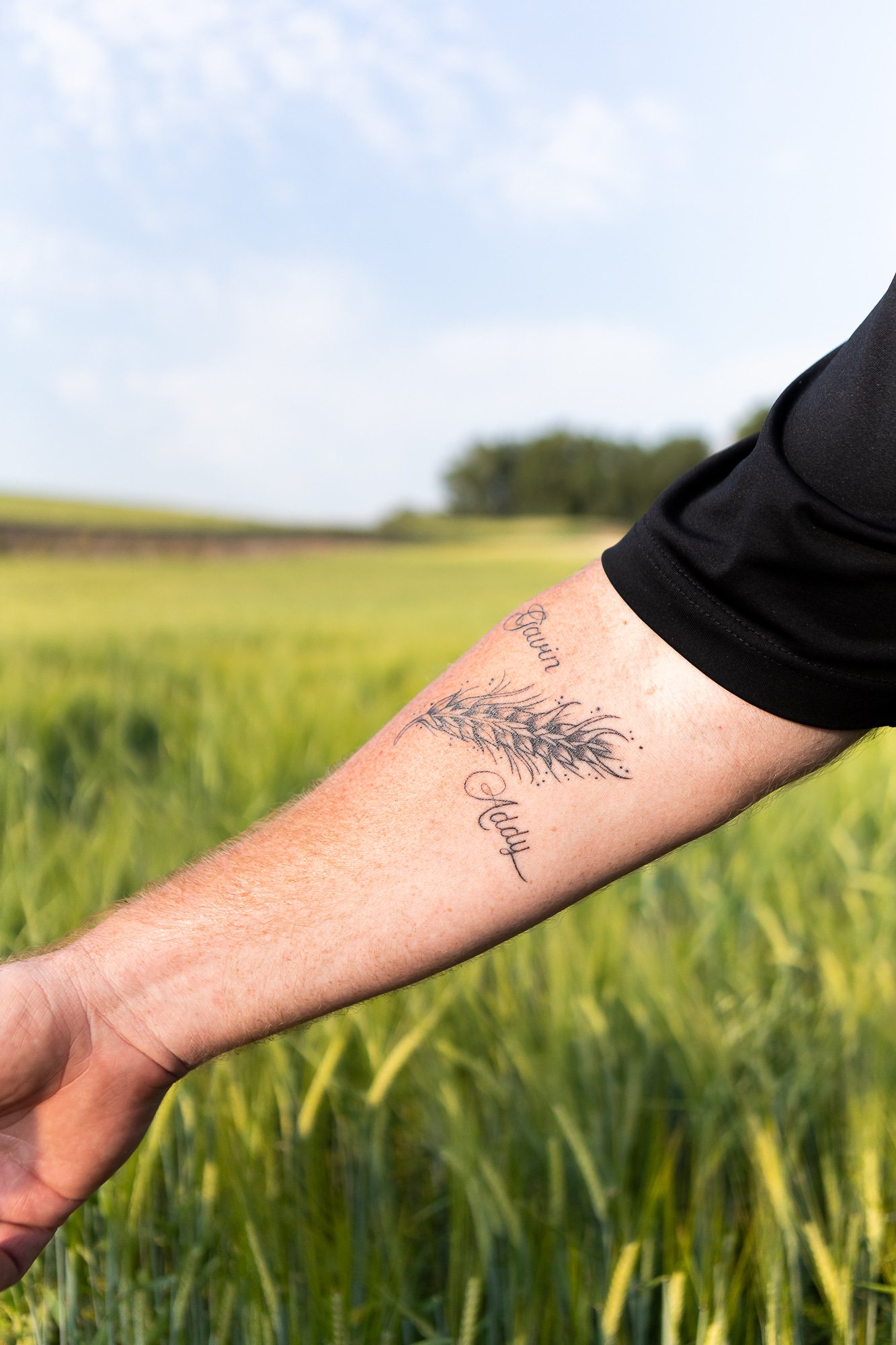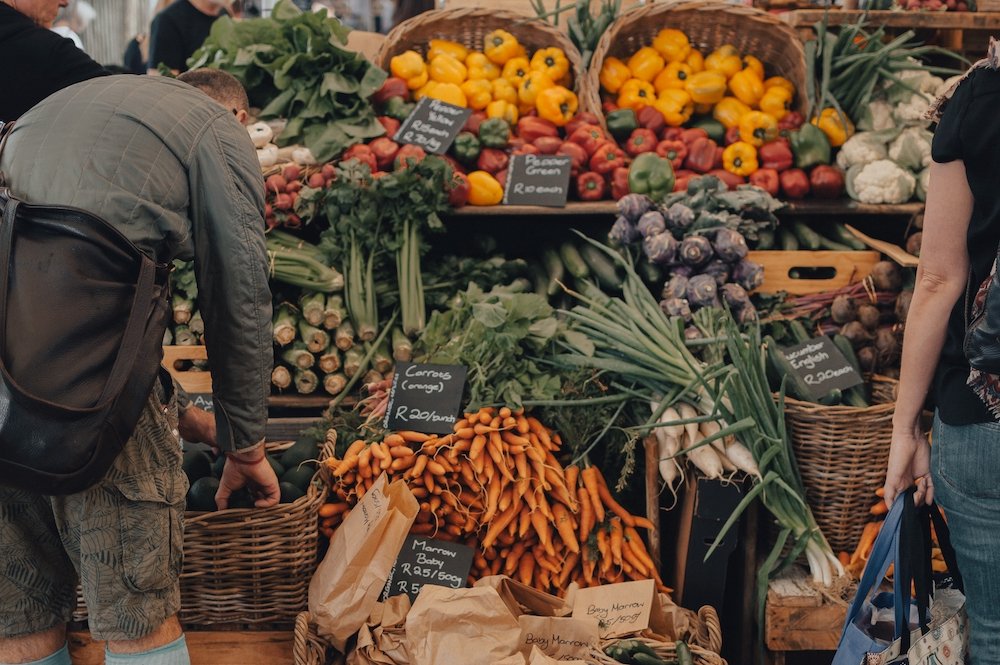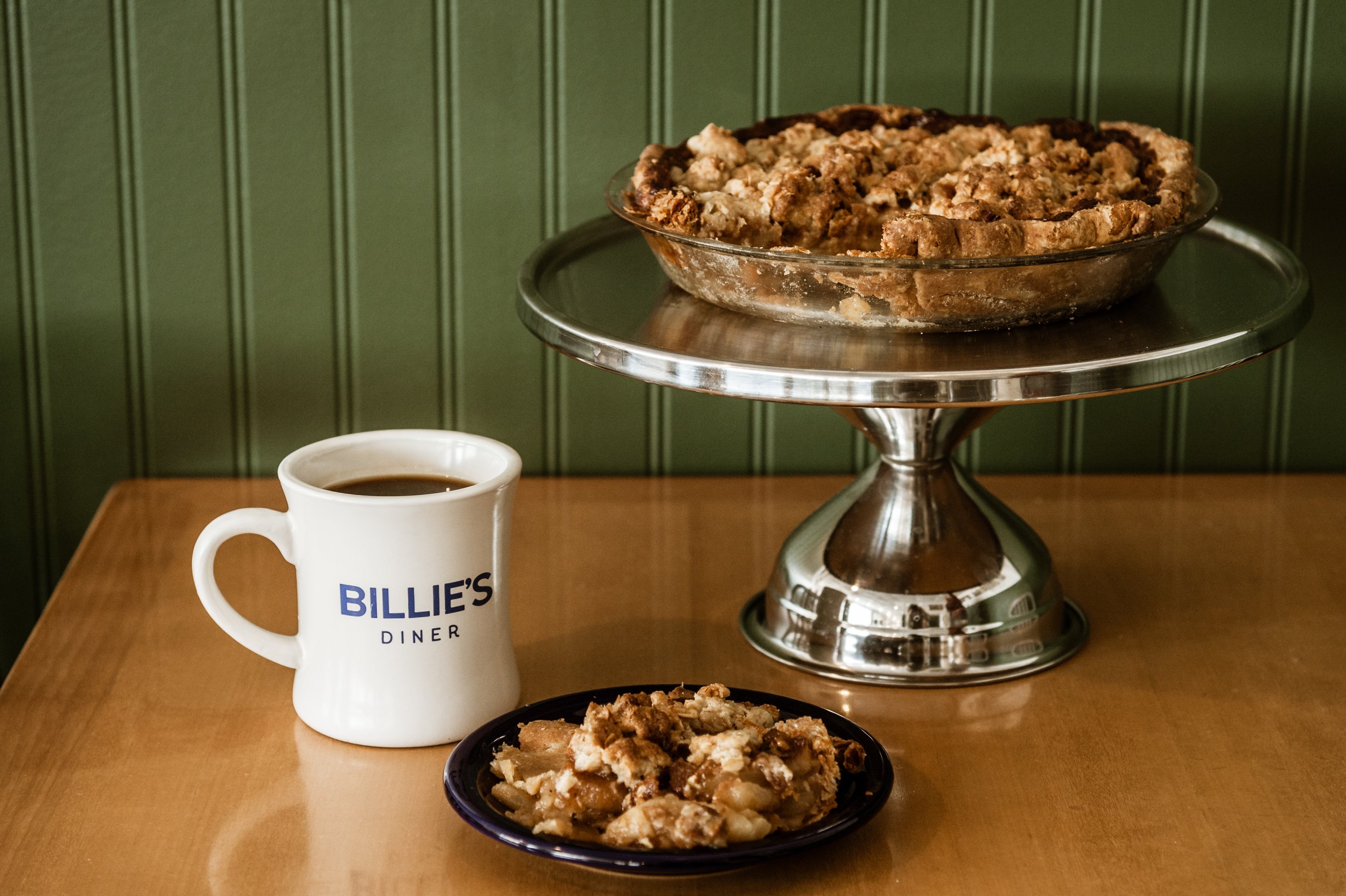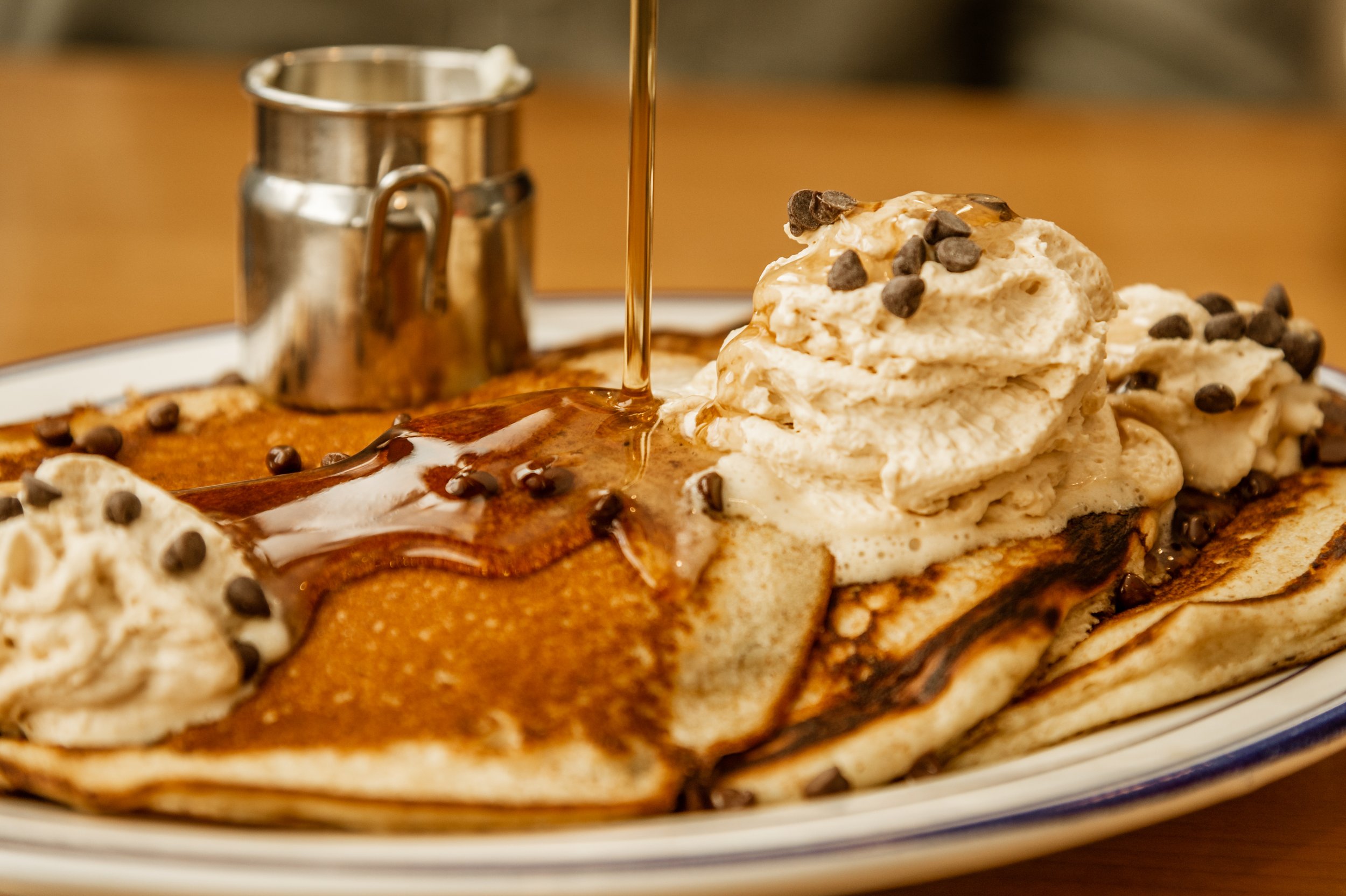Owens Farms
Photo provided by Owens Farms
Owens Farms Piedmontese
Answers provided by Justin Owens
Photos provided by Owens Farms Piedmontese
WWW.OWENSFARMS.COM
@MODERNFARMERUSA
This story is a part of our collection The Craft of Cattle.
What are you known for?
Historically we are known for Thoroughbreds, and raising seedstock Piedmontese cattle, which includes stud bulls, embryo donor cows, yearling heifers, embryos, and semen. This year we are launching our first beef label, Manzo Piedmontese. It will be the first of it's kind in North America to specialize in 100% fullblood Piedmontese beef. Honoring the Italian legacy, while being a product uniquely from the Palouse region.
What type of cattle do you raise and why?
Piedmontese are an Italian breed that originally comes from the northwestern region of Italy known as Piemonte. This breed is known for exceptional meat quality, especially tenderness, and even more impressive are the nutritional attributes. The animals are incredible in their own right. They are highly adaptable to all climates, produce 30% more meat, and utilize resources highly efficiently. They are an ancient breed that traces it's roots back 25,000 years ago, and they are built for the 21st century.
How long have you been raising this cattle?
After transitioning out of thoroughbreds in the late 1980s my grandfather, Gary Owens, built a 200 head Simmental herd and soon after began dabbling with Piedmontese. By the year 2000 he had built a large Piedmontese herd, and had founded the North American Piedmontese Association for breeders in the United States and Canada. We have been dedicated to the growth and improvement of the Piedmontese breed for over 35 years. I am also proud to be the eighth generation in my family to raise cattle.
What is a favorite story from the ranch?
Plenty of favorite stories and memories, but the one that my grandfather enjoyed telling was about an abandoned building on the farm. It had been there since he bought the land in 1963. In 1992 he had the fire district use the building for a training exercise and demolished it. Before they did, they went through the skinny two story building and removed hazardous materials. The main floor had been a post office and partially the Township of Sharon station for the electric railroad that ran from Spokane to Pullman. The upstairs had six bedrooms, and what seemed odd at the time was the size of the rooms. Standing in the middle of each room you could touch both sidewalls, and each room had a wood stove heater. The structure was built in the 1800s, and SROs were common enough. So, the building was demolished and the next day a very elderly neighbor stopped by and informed my grandfather, "Gary, you burned down the (brothel)." It turned out that the Postmaster for the Township of Sharon and his wife had been Vaudeville performers prior to settling down, and brought 'entertainment' out when the train stopped over. The reason for the design of little bedrooms on the second floor became clear. The walnut and cherry tree from the Sharon Park that surrounded the building still stand in all their glory along the driveway of the home my grandparents built. Not exactly a ranch story, but it has entertained us for years.
What do you want our readers to know about you and/or why should they consider where their beef comes from and how it is raised?
There are plenty of solid folks to purchase beef from in the inland northwest. Our region is one of the best on the planet. The dry, arid climate of the region, along with the sandy loam soils and higher elevation grazing, contribute to a distinct flavor profile in the meat that is subtly sweet, yet complex and truly unique to this location. Our cattle are raised on a locally harvested high fiber diet consisting of dryland alfalfa, grasses, peas, barley, and grape pomace (sourced from Overbluff Cellars) that further enhance the naturally lean and tender texture. We regularly consult with an animal nutritionist to hone the flavor of beef, and optimize the nutrition of the cattle. This summer we are sending a meat scientist to Italy to train with old world Italian master butchers who exclusively specialize in Piedmontese, with the goal of bringing new cuts to our product offering.
Why did you decide to enter into this field and/or what is your "why" for continuing?
I hadn't planned on going into cattle or farming because I'm allergic to alfalfa, but I while I worked on the farm during my time in college I took a more active role due to my grandfather's diagnosis with Parkinson's disease. I made the decision to grow and transform the operation after working day and night with the cattle and the land. I really fell in love with it. I wanted to see the Piedmontese breed grow, and for the beef to readily available rather than being an expensive rarity or luxury. This is also some of the most nutrient dense meat on the planet, with nutritional analysis that makes salmon, skinless chicken, and skinless turkey all blush.
Is your beef featured at any local restaurants and/or how can our readers find your product?
At the moment it is not available in any restaurants, but there may be some special opportunities to taste it for a very limited time this summer at a couple restaurants. Readers are welcome to visit our website, and to reach out directly.
Anything else you'd like to share?
If you enjoy beef as a regular part of your diet, find a local rancher and buddy up to them. The next few years will see record cattle prices, beef prices, and shortages. After years of drought and herd culling across the country, inflation and aging out have added to the downsizing of the American cattle herd. We have yet to see the end of this wave of selloffs, and the beginnings of an effort to start rebuilding. So, again, I encourage you to reach out directly to operations near you, tour them, ask questions, look at the feed, the processor, and plan ahead. We as ranchers plan years in advance. It takes 2-3 years to deliver the beef on your plates. From cow selection to breeding, gestation, birthing, weaning, feeding and finishing, and processing.
















